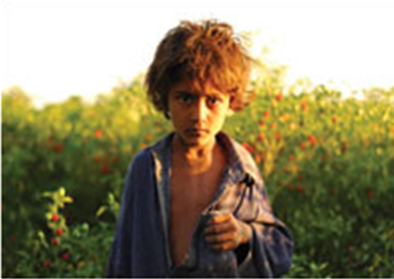Kunri
This is a collection of articles archived for the excellence of their content. Readers will be able to edit existing articles and post new articles directly |
Kunri
Hot and happening
The little known town of Kunri has been spicing up our lives for decades
Most people have probably never heard of, let alone visited the small town of Kunri, situated about 300 miles from Karachi. Hidden in the heart of the province of Sindh it does not feature on any tourist website nor does it boast any great historical landmark that would bring the visitors. However, there is one thing that Kunri is famous for — its fiery hot red chillies.
The cultivation of superior quality red chillies is believed to have started in the 1950s and, since then, the Kunri red chilli market has established a name for itself all around the world.
Thanks to this cash crop Kunri is now a thriving town. A new road is under construction which will run from Kunri to Naukot, where the Talpurs had built a fort in 1832. Its population consists of Muslims, Hindus and Christians and the Hindu merchants are the ones who are mainly involved in the red chilli trade.
After harvest the chillies are left to dry in the sun, a process which enhances their natural flavour. We visited the Bachal Memon fields where the heaps of chillies, drying under the blazing sun were a sight to behold. The air was heavy with the sharp tang of chillies which made our eyes burn and our noses tickle and the sensation took a while to get accustomed to.
The process of drying the chillies is a long drawn one and in case of rain during the drying season the chillies have to be kept out for even longer to allow the rain water to evaporate properly. If this is not done they will be ruined and become unfit for consumption. Therefore, caution is required all the way. After the chillies are dried they are packed and sent to Karachi and other major markets across the world, where people use them daily but hardly ever spare a thought for the small town of Kunri — home of the red chilli.



